Grow Chard at Home? Absolutely! And I’m here to tell you it’s easier than you think. Forget those wilted, overpriced bunches at the grocery store. Imagine stepping into your own backyard and harvesting vibrant, nutritious chard whenever you need it.
For centuries, chard has been a staple in Mediterranean cuisine, prized not only for its earthy flavor but also for its impressive health benefits. From ancient Roman gardens to modern-day kitchen gardens, this leafy green has proven its resilience and versatility. But you don’t need a sprawling estate to enjoy fresh chard.
In today’s busy world, finding time for healthy eating can be a challenge. That’s where the magic of home gardening comes in. Learning to grow chard at home offers a fantastic solution. It’s a simple, rewarding way to ensure you have access to fresh, organic produce right at your fingertips. Plus, it’s a fantastic stress reliever! This DIY guide will walk you through every step, from selecting the right seeds to harvesting your bountiful crop. Get ready to ditch the store-bought greens and embrace the joy of growing your own delicious chard!
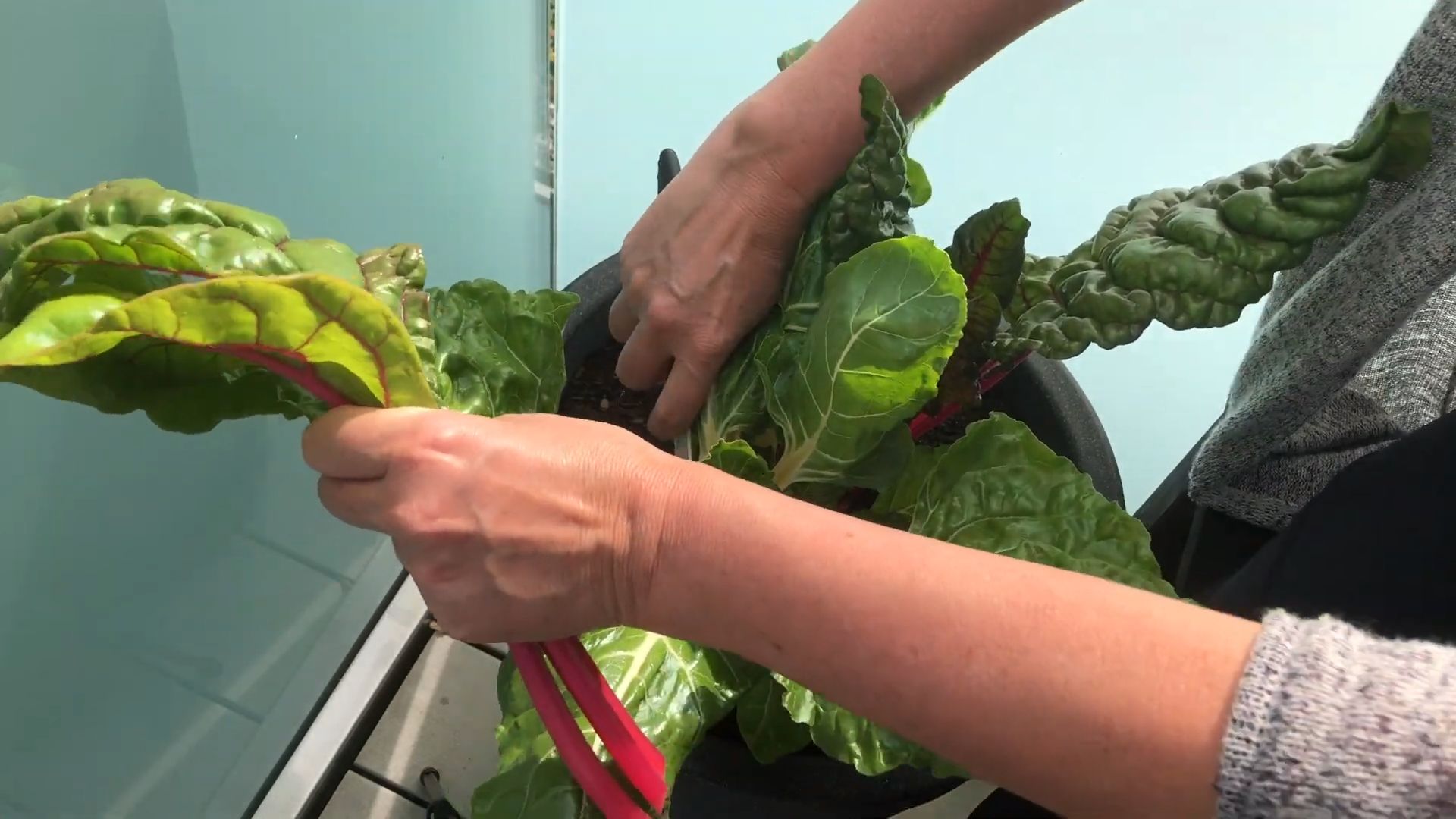
Growing Vibrant Chard at Home: A DIY Guide
Hey there, fellow gardening enthusiasts! I’m so excited to share my experience and guide you through growing your own beautiful and delicious chard right at home. Chard, with its vibrant colors and earthy flavor, is a fantastic addition to any garden and a nutritional powerhouse to boot. Plus, it’s surprisingly easy to grow, even for beginners! Let’s dive in!
Choosing Your Chard Variety
Before we get our hands dirty, let’s talk about chard varieties. This is important because different varieties offer different colors, sizes, and even slightly different flavors. Here are a few popular options:
* Bright Lights: This is probably the most well-known variety, and for good reason! It boasts a stunning mix of stem colors – red, yellow, orange, pink, and white. It’s a real showstopper in the garden and tastes great too.
* Ruby Red: As the name suggests, this variety features vibrant, deep red stems and veins. It’s not only beautiful but also has a slightly sweeter flavor than some other varieties.
* Fordhook Giant: If you’re looking for large, productive plants, Fordhook Giant is a great choice. It has dark green leaves and thick, white stems. It’s known for its excellent heat tolerance.
* Lucullus: This variety has light green, crinkled leaves and thick, pale green stems. It’s a reliable and productive choice with a mild flavor.
I personally love growing Bright Lights because of the visual appeal, but feel free to experiment and find your favorite!
Preparing Your Chard’s Home
Chard isn’t too picky, but a little preparation goes a long way. Here’s what you need to consider:
* Sunlight: Chard thrives in full sun (6-8 hours of direct sunlight per day), but it can also tolerate partial shade, especially in hotter climates. If you live in a scorching area, providing some afternoon shade can prevent the leaves from scorching.
* Soil: Well-draining soil is crucial. Chard doesn’t like to sit in soggy soil. Amend your soil with compost or other organic matter to improve drainage and fertility. A slightly acidic to neutral pH (6.0-7.0) is ideal.
* Location: Choose a spot in your garden where chard will have enough space to grow. Mature plants can reach 12-18 inches wide and tall.
Planting Your Chard
You can start chard from seeds or transplants. I usually prefer starting from seeds because it’s more economical, and I enjoy watching them sprout.
Starting from Seeds:
1. Timing: You can sow chard seeds directly into the garden in early spring, about 2-3 weeks before the last expected frost. You can also start seeds indoors 4-6 weeks before the last frost for an earlier harvest. For a fall harvest, sow seeds in late summer.
2. Sowing: Sow seeds about ½ inch deep and 1-2 inches apart. If you’re sowing in rows, space the rows 18-24 inches apart.
3. Watering: Keep the soil consistently moist until the seeds germinate. Germination usually takes 5-10 days.
4. Thinning: Once the seedlings have a few true leaves, thin them to 6-12 inches apart, depending on the variety. You can transplant the thinned seedlings to another location in your garden or share them with friends.
Starting from Transplants:
1. Choosing Transplants: Select healthy-looking transplants with vibrant green leaves and a strong root system. Avoid plants that are root-bound or have yellowing leaves.
2. Planting: Dig a hole that’s slightly larger than the root ball of the transplant. Gently remove the transplant from its container and loosen the roots. Place the transplant in the hole and backfill with soil.
3. Watering: Water thoroughly after planting.
Caring for Your Chard
Once your chard is planted, it’s relatively low-maintenance. Here’s what you need to do to keep it happy and healthy:
* Watering: Water regularly, especially during dry periods. Chard needs consistent moisture to thrive. Aim for about 1 inch of water per week.
* Fertilizing: Chard is a heavy feeder, so it benefits from regular fertilization. You can use a balanced fertilizer or side-dress with compost or aged manure. I like to use a liquid seaweed fertilizer every few weeks.
* Weeding: Keep the area around your chard plants free of weeds. Weeds compete with chard for nutrients and water.
* Mulching: Apply a layer of mulch around your chard plants to help retain moisture, suppress weeds, and regulate soil temperature. Straw, wood chips, or shredded leaves are all good options.
* Pest Control: Chard is generally pest-resistant, but it can occasionally be bothered by aphids, slugs, or snails. Inspect your plants regularly and take action if you see any pests. You can usually control aphids with a strong spray of water or insecticidal soap. Slugs and snails can be hand-picked or trapped.
* Bolting: In hot weather, chard may bolt (go to seed). This can make the leaves bitter. To prevent bolting, provide some afternoon shade and keep the soil consistently moist. If your chard does bolt, you can still harvest the leaves, but they may not taste as good.
Harvesting Your Chard
Harvesting chard is easy and rewarding! You can start harvesting leaves when they are about 6 inches long.
1. Harvesting Method: The best way to harvest chard is to cut the outer leaves near the base of the plant, leaving the inner leaves to continue growing. This is called “cut-and-come-again” harvesting.
2. Frequency: You can harvest chard leaves regularly throughout the growing season. The more you harvest, the more the plant will produce.
3. Storage: Freshly harvested chard leaves can be stored in the refrigerator for up to a week. Wrap them in a damp paper towel and place them in a plastic bag.
Using Your Homegrown Chard
Now for the best part – enjoying your homegrown chard! Chard is incredibly versatile and can be used in a variety of dishes.
* Sautéed: Sautéed chard with garlic and olive oil is a simple and delicious side dish.
* Steamed: Steamed chard is a healthy and nutritious option.
* Soups and Stews: Chard can be added to soups and stews for extra flavor and nutrients.
* Salads: Young, tender chard leaves can be used in salads.
* Quiches and Frittatas: Chard adds a lovely flavor and color to quiches and frittatas.
* Smoothies: Add a handful of chard to your smoothies for a boost of vitamins and minerals.
I personally love to sauté my chard with garlic, olive oil, and a squeeze of lemon juice. It’s a quick, easy, and healthy side dish that goes well with just about anything.
Troubleshooting Common Chard Problems
Even with the best care, you might encounter a few problems while growing chard. Here are some common issues and how to address them:
* Yellowing Leaves: Yellowing leaves can be caused by a variety of factors, including nutrient deficiencies, overwatering, or pests. Check the soil drainage and adjust your watering accordingly. Fertilize with a balanced fertilizer to address any nutrient deficiencies. Inspect the plants for pests and take action if necessary.
* Holes in Leaves: Holes in leaves are often caused by slugs, snails, or cabbage loopers. Hand-pick slugs and snails or use traps. Cabbage loopers can be controlled with Bacillus thuringiensis (Bt).
* Bolting: As mentioned earlier, bolting can be caused by hot weather or stress. Provide some afternoon shade and keep the soil consistently moist to prevent bolting.
* Leaf Spot: Leaf spot is a fungal disease that can cause brown or black spots on the leaves. Improve air circulation around the plants and avoid overhead watering. Remove and destroy any infected leaves.
Extending Your Chard Harvest
Want to enjoy fresh chard for as long as possible? Here are a few tips for extending your harvest:
* Succession Planting: Sow seeds every few weeks to ensure a continuous supply of chard.
* Cold Frames or Row Covers: Use cold frames or row covers to protect your chard plants from frost and extend the growing season.
* Overwintering: In mild climates, you can overwinter chard plants by mulching them heavily. They may go dormant during the winter, but they will start growing again in the spring.
Final Thoughts
Growing chard at home is a rewarding experience that provides you with fresh, healthy, and delicious greens. With
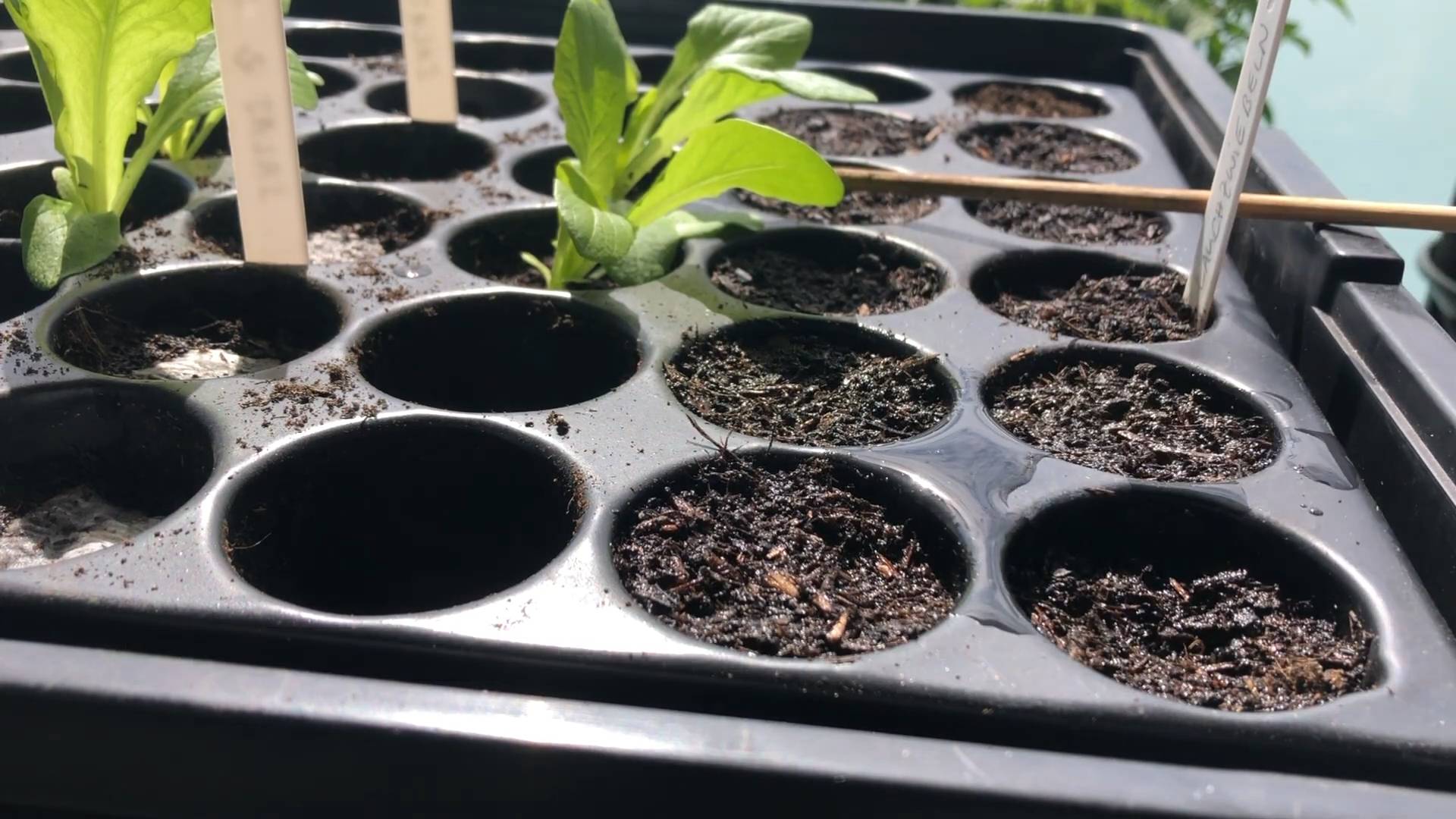
Conclusion
So, there you have it! Growing chard at home is not only achievable but also incredibly rewarding. From the vibrant colors that brighten your garden to the fresh, nutritious leaves that enhance your meals, cultivating your own chard offers a multitude of benefits. We’ve walked you through the simple steps, from selecting the right seeds to harvesting your bountiful crop.
But why is this DIY trick a must-try? Beyond the satisfaction of nurturing something from seed to table, growing your own chard gives you complete control over the growing process. You can ensure your chard is free from harmful pesticides and herbicides, resulting in a healthier and more flavorful vegetable. Plus, freshly harvested chard tastes significantly better than store-bought varieties, which often suffer from wilting and nutrient loss during transportation and storage.
Consider these variations to personalize your chard-growing experience:
* Experiment with different varieties: Explore the rainbow of chard options available, from the classic ‘Lucullus’ with its crinkled green leaves to the vibrant ‘Bright Lights’ with its multicolored stems. Each variety offers a unique flavor profile and visual appeal.
* Companion planting: Enhance your chard’s growth and deter pests by planting it alongside beneficial companions like onions, garlic, or marigolds. These plants can help create a thriving and balanced ecosystem in your garden.
* Container gardening: If you lack a traditional garden space, don’t despair! Chard thrives in containers, making it an excellent option for balconies, patios, or even indoor growing with adequate sunlight or grow lights.
* Succession planting: Extend your harvest season by planting chard seeds every few weeks. This ensures a continuous supply of fresh leaves throughout the growing season.
* Chard as microgreens: Harvest young chard leaves as microgreens for a concentrated burst of flavor and nutrients in salads, sandwiches, or as a garnish.
Growing chard at home is more than just a gardening project; it’s an investment in your health, your well-being, and your connection to nature. It’s a chance to experience the joy of nurturing life and reaping the rewards of your labor.
We wholeheartedly encourage you to give this DIY trick a try. Start small, be patient, and don’t be afraid to experiment. The journey of growing your own chard is an adventure in itself, and the delicious, nutritious results are well worth the effort.
Once you’ve experienced the satisfaction of harvesting your own homegrown chard, we’d love to hear about your experience! Share your tips, tricks, and photos with us in the comments below. Let’s create a community of chard enthusiasts and inspire others to embrace the joys of gardening. Let us know what worked for you, what challenges you faced, and any creative ways you’ve incorporated your homegrown chard into your meals. Your insights can help others succeed in their own chard-growing endeavors. So, get your hands dirty, plant those seeds, and prepare to enjoy the bounty of your own homegrown chard!
Frequently Asked Questions (FAQ)
What are the best conditions for growing chard?
Chard thrives in full sun to partial shade. Ideally, it needs at least 6 hours of sunlight per day, but it can tolerate some shade, especially in hotter climates. The soil should be well-draining and rich in organic matter. A slightly acidic to neutral pH (6.0 to 7.0) is optimal. Consistent moisture is also important, so water regularly, especially during dry periods.
How often should I water my chard plants?
Water your chard plants deeply whenever the top inch of soil feels dry to the touch. Avoid overwatering, as this can lead to root rot. Mulching around the plants can help retain moisture and suppress weeds. During hot weather, you may need to water more frequently. Check the soil moisture regularly to ensure your chard plants are getting enough water.
What kind of fertilizer should I use for chard?
Chard benefits from regular fertilization. Before planting, amend the soil with compost or well-rotted manure to provide a slow-release source of nutrients. During the growing season, you can fertilize every 2-3 weeks with a balanced organic fertilizer or a liquid fertilizer diluted to half strength. Avoid over-fertilizing, as this can lead to excessive leaf growth at the expense of root development.
How do I harvest chard?
You can begin harvesting chard leaves when they are about 6 inches long. Harvest the outer leaves first, leaving the inner leaves to continue growing. Use a sharp knife or scissors to cut the leaves near the base of the plant. Regular harvesting encourages continued production. You can harvest chard throughout the growing season, even into the fall in milder climates.
What are some common pests and diseases that affect chard?
Common pests that affect chard include aphids, flea beetles, and leaf miners. You can control aphids with insecticidal soap or by introducing beneficial insects like ladybugs. Flea beetles can be deterred with row covers or by spraying with neem oil. Leaf miners can be controlled by removing and destroying infested leaves. Diseases that can affect chard include downy mildew and leaf spot. Ensure good air circulation around the plants and avoid overhead watering to prevent these diseases.
Can I grow chard in containers?
Yes, chard grows well in containers. Choose a container that is at least 12 inches deep and wide to allow enough room for the roots to develop. Use a well-draining potting mix and ensure the container has drainage holes. Water regularly and fertilize as needed. Container-grown chard may need more frequent watering than chard grown in the ground, especially during hot weather.
How do I store harvested chard?
To store harvested chard, wash the leaves thoroughly and pat them dry. Wrap the leaves in a damp paper towel and store them in a plastic bag in the refrigerator. Chard can be stored for up to a week in this manner. You can also freeze chard by blanching the leaves in boiling water for 2 minutes, then plunging them into ice water. Drain well and store in freezer bags.
Is chard a cut-and-come-again vegetable?
Yes, chard is a cut-and-come-again vegetable. This means that you can harvest the outer leaves as needed, and the plant will continue to produce new leaves from the center. This allows for a continuous harvest throughout the growing season. Regular harvesting also encourages the plant to produce more leaves.
What are some ways to use chard in cooking?
Chard is a versatile vegetable that can be used in a variety of dishes. It can be sautéed, steamed, boiled, or added to soups, stews, and stir-fries. The leaves can be used in salads, and the stems can be cooked like asparagus. Chard is also a good source of vitamins and minerals.
Can I eat the stems of chard?
Yes, the stems of chard are edible and can be cooked like asparagus. They have a slightly different flavor and texture than the leaves. The stems can be sautéed, steamed, or added to soups and stews. They are also a good source of fiber.
How can I prevent my chard from bolting (going to seed)?
Bolting, or going to seed, can be triggered by hot weather or stress. To prevent bolting, provide your chard plants with consistent moisture and shade during hot periods. Harvest the leaves regularly to encourage continued leaf production. Choose bolt-resistant varieties of chard if you live in a hot climate.
Is growing chard at home worth it?
Absolutely! Growing chard at home provides fresh, nutritious greens right at your fingertips. You control the growing conditions, ensuring your chard is free from harmful chemicals. Plus, the taste of homegrown chard is far superior to store-bought varieties. It’s a rewarding and healthy addition to any garden.

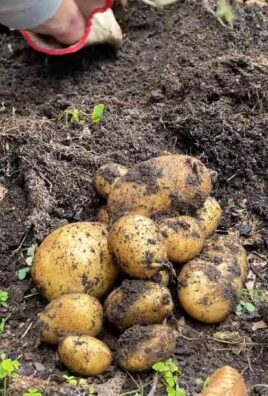
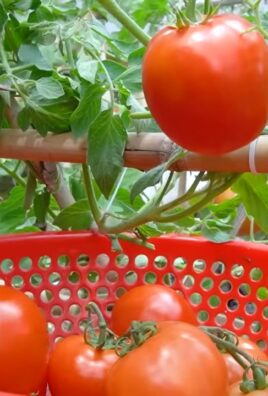
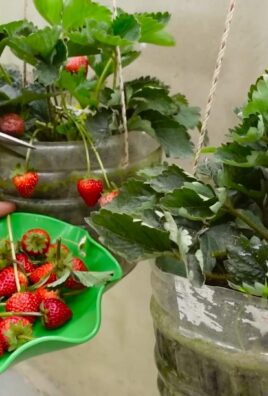
Leave a Comment